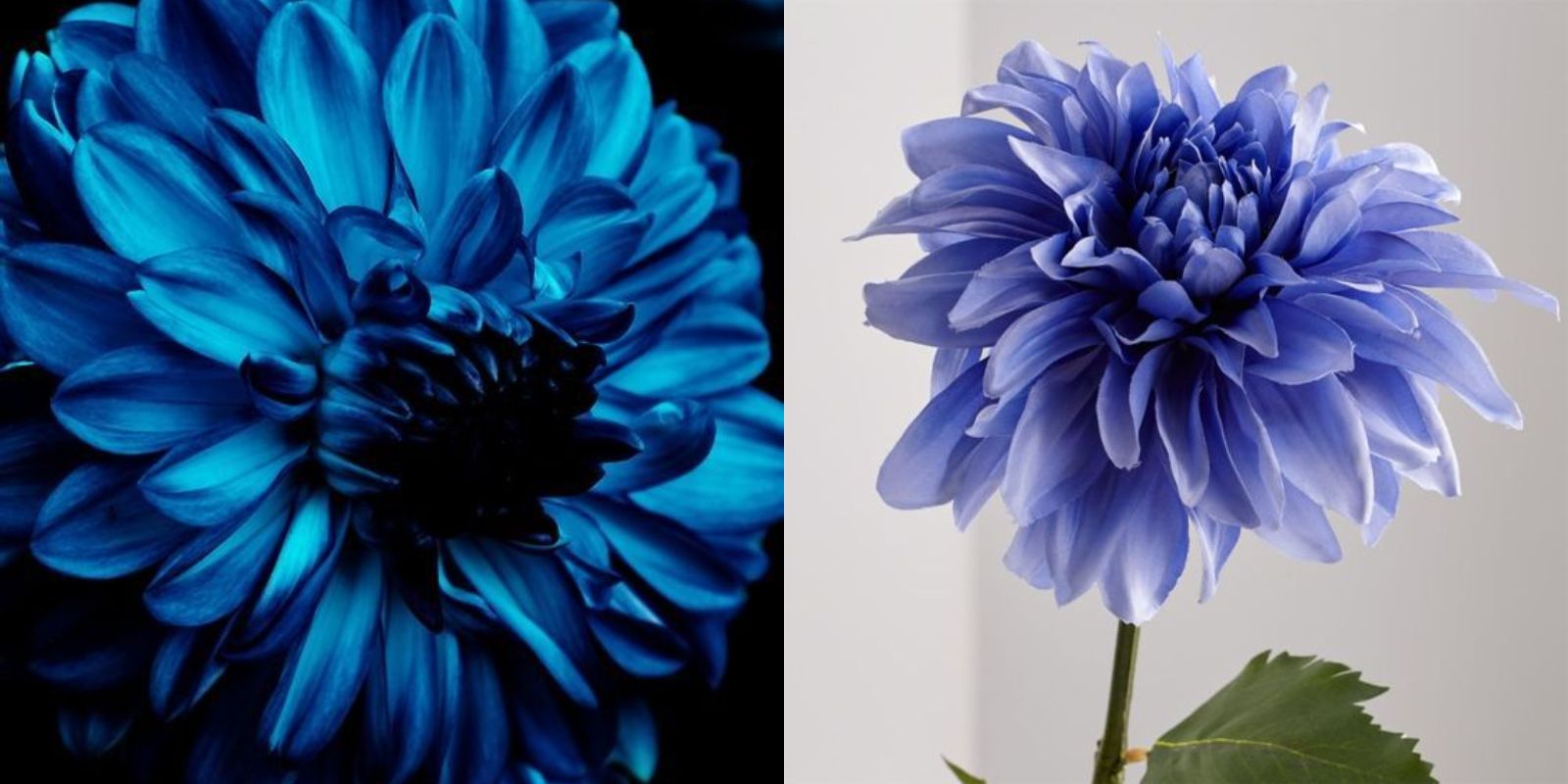Dahlias are beloved for their stunning, vibrant blooms and diverse range of colors and shapes. While true blue dahlias do not naturally occur, the term “Dahlia bleu” typically refers to varieties with purplish or bluish hues. These flowers can add a unique and enchanting element to any garden. In this article, we’ll explore how to grow and care for “Dahlia bleu,” ensuring you enjoy their beautiful blooms throughout the growing season.
Introduction to Dahlias
Dahlias are tuberous perennials native to Mexico and Central America. They are known for their large, showy flowers that can be as small as a few inches or as large as a dinner plate. Dahlias bloom in a wide range of colors, including red, pink, yellow, white, and various shades of purple and blue. The “Dahlia bleu” varieties, while not true blue, offer stunning purplish-blue hues that can make a striking addition to any garden.
Choosing the Right Variety
To start growing “Dahlia bleu,” you’ll first need to choose the right variety. While there are no truly blue dahlias, some varieties have purplish or bluish tones that are often marketed as “blue” dahlias. Some popular varieties include:
- ‘Blue Bell’: Known for its lavender-blue blooms with a touch of pink.
- ‘Blue Bayou’: Features dark purple centers with lighter purple petals.
When selecting your dahlia tubers, choose those that are firm and plump, with no signs of mold or rot. Purchase tubers from reputable nurseries or garden centers to ensure you’re getting healthy plants.
Preparing the Soil
Dahlias thrive in well-draining soil rich in organic matter. Before planting, prepare the soil by:
- Choosing the Right Location: Dahlias require full sun, so choose a location that receives at least 6-8 hours of sunlight daily.
- Improving Soil Quality: Amend the soil with compost or well-rotted manure to provide the necessary nutrients. This also improves soil structure and drainage.
- Checking Soil pH: Dahlias prefer slightly acidic to neutral soil with a pH between 6.0 and 7.5. You can test your soil’s pH and adjust it if necessary using lime or sulfur.
Planting Dahlia Tubers
The best time to plant dahlia tubers is in the spring after the last frost date in your area. Follow these steps to plant your dahlias:
- Digging the Holes: Dig holes about 6 inches deep and space them 18-24 inches apart, depending on the variety’s size.
- Placing the Tubers: Place the tubers in the holes with the “eyes” (small growth buds) facing up. Cover the tubers with soil and water thoroughly.
- Mulching: Apply a layer of mulch around the base of the plants to retain moisture and suppress weeds. Mulching also helps regulate soil temperature.
Caring for Dahlias
Dahlias require regular care to ensure healthy growth and abundant blooms:
- Watering: Keep the soil consistently moist, especially during dry periods. However, avoid overwatering, as this can cause the tubers to rot. Water the plants deeply once or twice a week.
- Fertilizing: Fertilize dahlias with a balanced, low-nitrogen fertilizer every 3-4 weeks during the growing season. Too much nitrogen can result in lush foliage at the expense of flowers.
- Staking: Some dahlia varieties, especially taller ones, may require staking to prevent the stems from breaking under the weight of the blooms. Install stakes at planting time to avoid damaging the tubers later.
- Deadheading: Regularly remove spent flowers to encourage continuous blooming. This process, known as deadheading, directs the plant’s energy into producing more flowers rather than seeds.
- Pruning: Pinch back the growing tips of young plants to promote bushier growth and more blooms. Remove any weak or damaged stems throughout the growing season.
Pest and Disease Management
Dahlias can be susceptible to pests and diseases. Common issues include:
- Pests: Aphids, spider mites, and slugs can damage dahlias. Use insecticidal soap or neem oil to control aphids and mites, and use slug bait or traps to manage slugs.
- Diseases: Fungal diseases such as powdery mildew and botrytis blight can affect dahlias. Ensure good air circulation around the plants and avoid overhead watering to reduce the risk of disease.
Overwintering Dahlia Tubers
In regions with cold winters, dahlias are typically grown as annuals. However, you can save the tubers for the next growing season by digging them up and storing them properly:
- Digging Up Tubers: After the first frost, cut the foliage back to about 6 inches above the ground. Carefully dig up the tubers, being careful not to damage them.
- Cleaning and Drying: Gently shake off excess soil and let the tubers dry in a cool, dry place for a few days.
- Storing: Store the tubers in a cool, dark, and dry location, such as a basement or garage. Place them in a box filled with peat moss, vermiculite, or sawdust to prevent them from drying out.
Conclusion
Growing “Dahlia bleu” can be a rewarding experience, adding a unique touch to your garden with their beautiful purplish-blue hues. With the right care and attention, you can enjoy these stunning blooms throughout the summer and even into the fall. Whether you’re a seasoned gardener or a beginner, following these steps will help you cultivate healthy and vibrant dahlias. Happy gardening!

